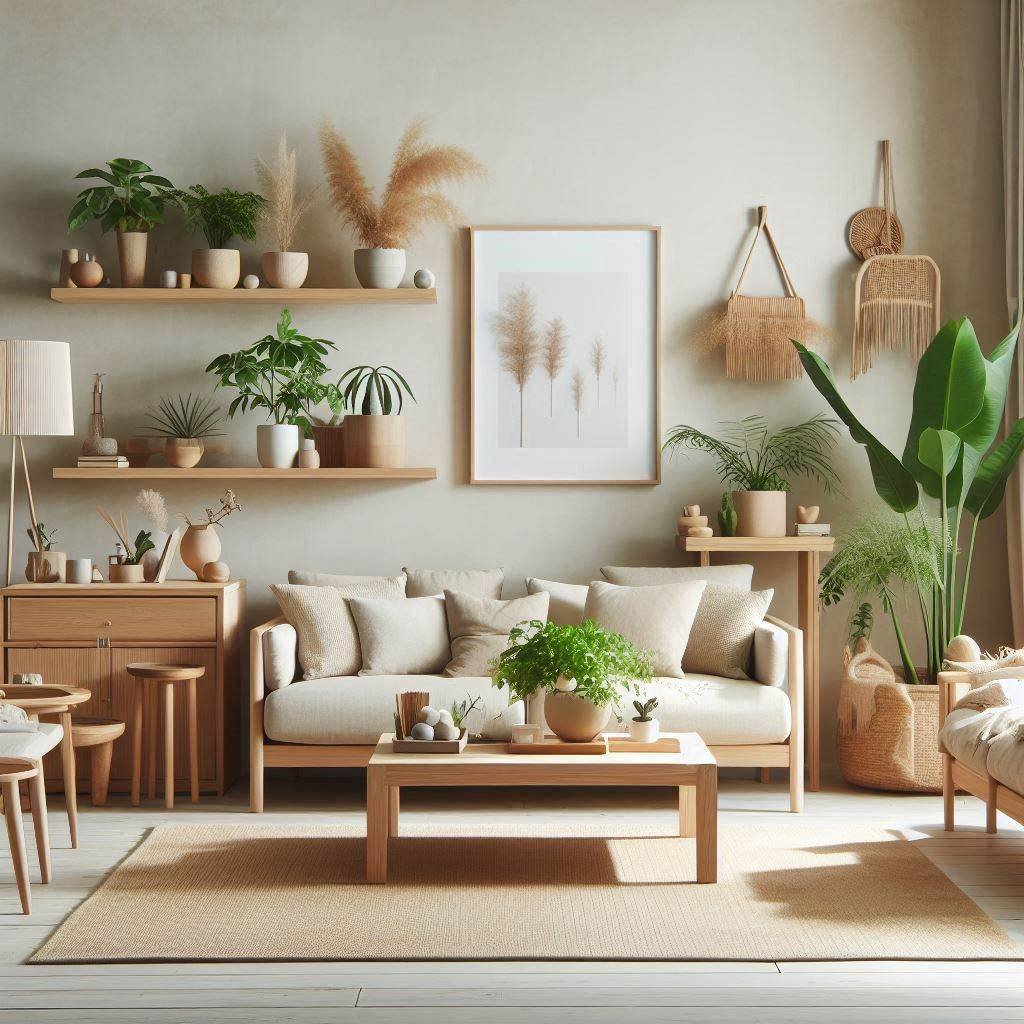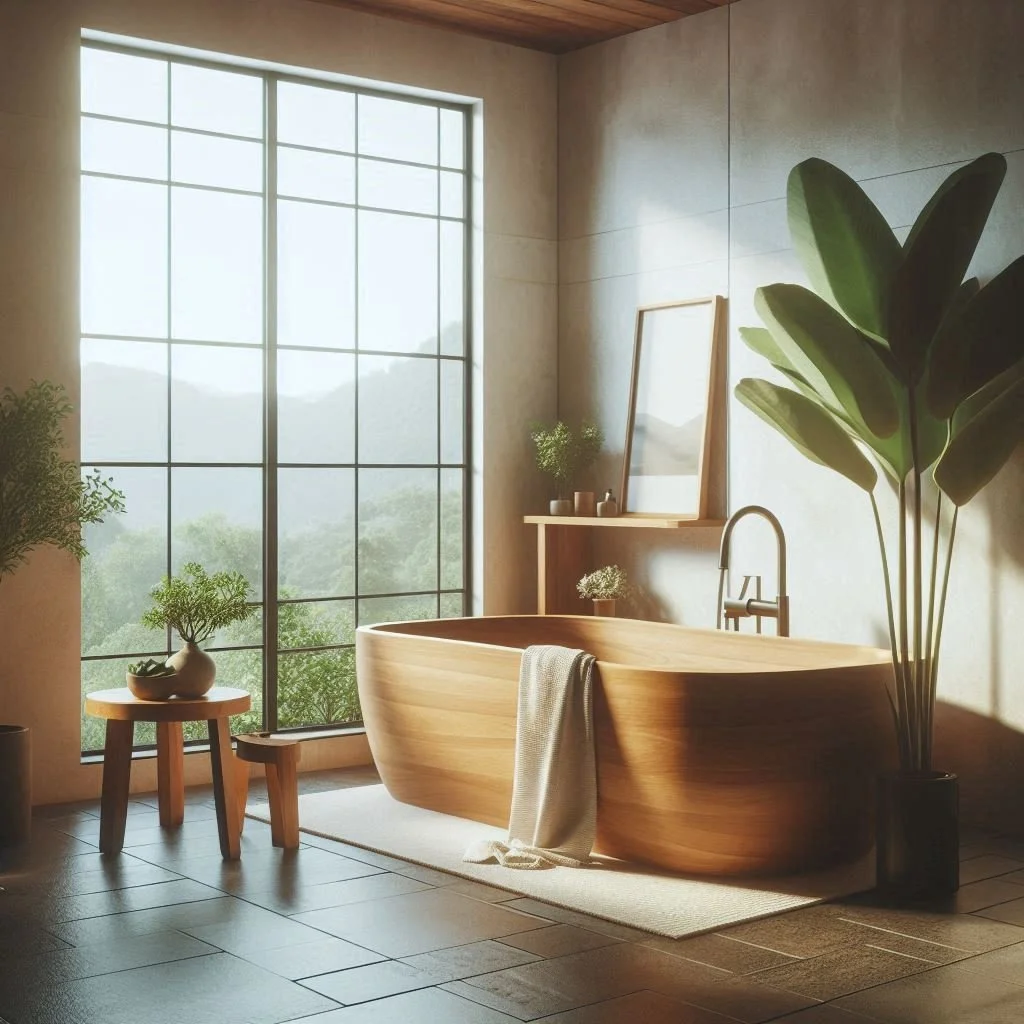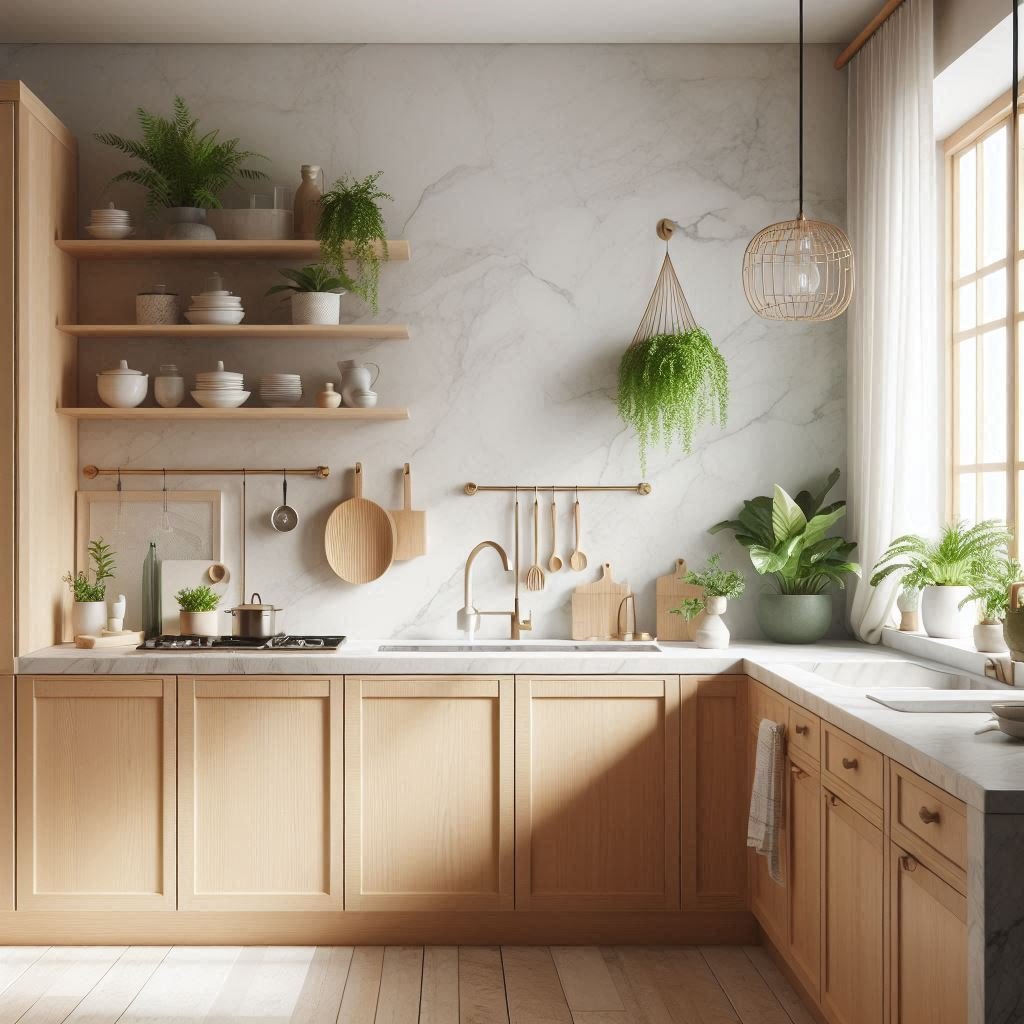Origins and Philosophy of Japandi Design
Explore the origins and philosophy of Japandi design, a perfect blend of Japanese minimalism and Scandinavian functionality for serene living.
Japandi style blends Japanese minimalism and Scandinavian comfort to create functional and aesthetically pleasing spaces. This article explores :
Origins and philosophy of Japandi design
Key elements of Japandi interiors
How to incorporate Japandi style in your home
Rising popularity of this design trend
Japandi style has taken the interior design world by storm, offering a unique blend of Japanese minimalism and Scandinavian comfort. This fusion creates spaces that are both functional and aesthetically pleasing, emphasizing simplicity, sustainability, and a deep connection to nature. Let's explore the essence of Japandi and discover how to incorporate this harmonious style into your home.
The roots of Japandi style can be traced back to the 1860s when Scandinavian designers began journeying to Japan. These creatives discovered striking similarities between their own design philosophies and those of Japanese artisans, laying the foundation for a beautiful cultural fusion.
At its core, Japandi combines two distinct design approaches:
Japanese minimalism and wabi-sabi: The concept of finding beauty in imperfection and embracing simplicity
Scandinavian hygge: The art of creating cozy, comfortable spaces that promote well-being
This unique blend results in interiors that are both sleek and inviting, striking a delicate balance between form and function. Japandi spaces exude a sense of calm and tranquility, offering a respite from the chaos of modern life.
The philosophy behind Japandi design emphasizes:
Intentional living
Sustainable practices
Appreciation for craftsmanship
Harmony with nature
By embracing these principles, Japandi interiors become more than just visually appealing spaces; they transform into sanctuaries that nurture the soul and promote a mindful way of life.
Key elements of Japandi Interiors
To achieve the perfect Japandi aesthetic, it's essential to understand and incorporate its defining elements. These characteristics work together to create spaces that are both visually striking and deeply comforting.
Natural materials and textures play a crucial role in Japandi design. Wood, stone, bamboo, and linen are prominently featured, bringing warmth and organic beauty to interiors. These materials not only look appealing but also connect inhabitants to the natural world, fostering a sense of serenity and grounding.
The color palette in Japandi spaces is typically muted and soothing. Whites, beiges, and grays dominate, creating a neutral backdrop that allows carefully chosen decorative elements to shine. Occasional pops of color, often inspired by nature, add depth and interest to the overall design.
Clean lines and simple shapes are hallmarks of Japandi furniture and architecture. This approach to design ensures that spaces feel uncluttered and purposeful. Furniture pieces are often multifunctional, embodying the Japanese concept of functional minimalism while maintaining the cozy comfort associated with Scandinavian design.
Bringing Japandi Style into Your Home
Transforming your living space into a Japandi-inspired haven is an exciting journey that begins with decluttering and simplifying. Start by assessing your current belongings and keeping only items that serve a purpose or bring joy. This process aligns with both Japanese minimalism and the Scandinavian focus on functionality.
Once you've created a clean slate, focus on incorporating natural elements:
Add potted plants or bonsai trees to bring life and freshness to your space
Use natural wood furniture or incorporate wooden accents
Opt for organic textiles like linen or cotton for curtains and upholstery
Introduce stone or bamboo elements through decorative objects or surfaces
Lighting plays a crucial role in Japandi interiors. Maximize natural light by keeping windows unobstructed and using sheer curtains. For artificial lighting, choose warm, soft options that create a cozy ambiance, reminiscent of the Scandinavian hygge concept.
When selecting furniture, opt for pieces that embody both form and function. Look for clean lines, simple shapes, and neutral colors. Multifunctional furniture, such as storage ottomans or expandable dining tables, are excellent choices that align with the Japandi philosophy of purposeful design.
To add visual interest and depth to your Japandi space, carefully curate decorative elements:
Choose a few high-quality, artisanal pieces that showcase craftsmanship
Incorporate organic shapes through vases, bowls, or sculptural objects
Display minimalist artwork that complements the overall color scheme
Use textured throw pillows or a cozy blanket to add warmth and comfort
Remember, the key to successful Japandi design lies in balance and restraint. Each element should serve a purpose and contribute to the overall harmony of the space. By thoughtfully combining Japanese and Scandinavian design principles, you can create a home that is both visually stunning and deeply nurturing.
The Rising Popularity of Japandi Design
In recent years, Japandi style has experienced a surge in popularity, captivating design enthusiasts and homeowners alike. This growing interest can be attributed to several factors that resonate with contemporary lifestyles and values.
Firstly, the focus on sustainability inherent in Japandi design aligns perfectly with increasing environmental awareness. By emphasizing high-quality, durable materials and timeless aesthetics, Japandi interiors promote a more sustainable approach to home decor, moving away from fast-fashion trends in favor of long-lasting, meaningful pieces.
The emphasis on simplicity and functionality in Japandi style also appeals to those seeking to simplify their lives and create more intentional living spaces. In a world often characterized by excess and clutter, the clean lines and uncluttered spaces of Japandi interiors offer a refreshing alternative.
Moreover, the calming effect of Japandi design has become increasingly valued in our fast-paced, digitally-driven world. The style's connection to nature and promotion of tranquility provide a much-needed antidote to the stresses of modern life, creating homes that serve as peaceful retreats.
The unique fusion of Japanese and Scandinavian elements also appeals to those looking for something beyond traditional design styles. Japandi offers a fresh, sophisticated aesthetic that stands out in the world of interior design, attracting those who appreciate cultural blending and global influences.
As more people discover the benefits of Japandi style, its popularity continues to grow. From social media platforms to design magazines, Japandi interiors are increasingly featured and celebrated, inspiring a new generation of homeowners to embrace this harmonious and mindful approach to design.








